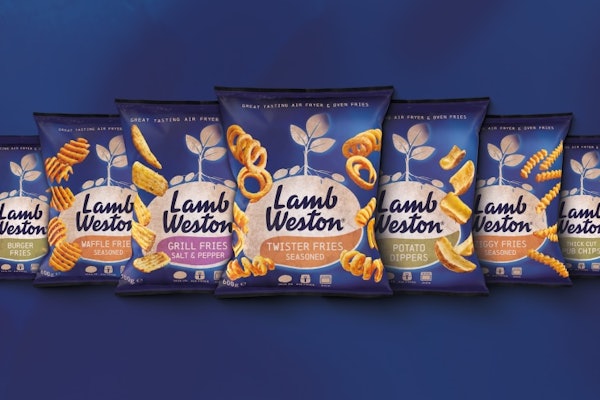Packaging is changing in size and appearance more often than ever, because its appeal is broadening as a powerful point-of-sale tactic. Bacardi is one product manufacturer that typifies this trend. “We look to change our packaging every two years. A few years ago, we changed it every seven years,” says Roger Van Dusen, Bacardi senior packaging engineer.
To produce a package that works for the brand manager, operations, warehousing, retailers, and consumers, the marketing and operations departments must work together. But integrating these two departments, which are populated by people with vastly different educational backgrounds and an “at odds” perception of their goals, is difficult and often fails.
The solution, according to the authors of a new study, is a holistic package development strategy in which all members understand both the external drivers of speed-to-market packaging formats and the internal “back-end” production considerations.
The study is called “Quick-Changeover Packaging: Dynamics and Surging Growth Opportunities.” The authors, Brian Wagner and John Henry, introduce the term “quick-changeover packaging” to identify this holistic package development strategy. They explain how product manufacturers, suppliers, and contract packagers can create, integrate, and manage such a strategy in their packaging efforts.
A strategic imperative
The 135-page report, from the publishers of Packaging World, emphasizes that the ability to get packaged products on store shelves quickly is both a driver of marketing strategies for consumer products and a cornerstone of value-added production services at packaging plants. The ability to change packaging formats quickly and efficiently is becoming essential for packagers in meeting the fast-paced demands of today's consumers and retailers.
Separate sections of the report explain the marketing and operations drivers that impact the creation of a quick-changeover packaging (QCOP) strategy. Wagner, vice president at Packaging & Technology Integrated Solutions (www.pti-solutions.com), explains that packaging is becoming a significant driver of retail sales because products are proliferating in most categories, and many are similar. The products that sell are those in which the packaging communicates value, clarifies what the product does, convinces consumers that the product is right for them, and sounds a call to action.
“Packaging's new value at retail continues to transform the marketplace. With consumer sales approaching $4 trillion annually, the battle for profits is fierce, resulting in consolidation and new strategies. The emerging winners understand that packaging empowers their business,” Wagner says.
In the report, Wagner identifies six changing marketing-side dynamics that are driving the need for quick-changeover packaging. They are innovative packaging that fits consumer lifestyles, the growth of newer retail channels, shorter product life cycles, the emergence of stores as destinations, new retailer/product manufacturer relationships, and “just-for-me” marketing tactics.
Balancing proliferation and simplicity
However, Henry stresses elsewhere in the report that a well-conceived QCOP effort involves operational considerations in addition to marketing considerations. “Success requires tight coordination between marketing and manufacturing operations,” notes Henry, president of Changeover.com (www.changeover.com).
Henry explains that the right package design can bring significant cost savings by simplifying or reducing the amount of required line changeover while the wrong design can invite costly delays—and hurt sales. Marketers need to justify design changes before the package reaches production, but operations can increase its value to the marketing department by understanding the point-of-sale forces that prompt marketers to request changes to package designs, Henry says.
The authors emphasize that winning QCOP efforts will require a balancing of the continuing product proliferation in expanding consumer markets and the continuing simplification of packaging production processes.
“Quick-Changeover Packaging” includes the results of an exclusive survey of nearly 800 respondents—a cross-section of packaging professionals. The results reveal the disconnect that can take place between marketing and production, and they show that marketing and operations define “quick” differently. Wagner and Henry conclude that a meaningful QCOP model needs to take shape around shared team definitions and goals in providing a roadmap for success.
The study includes dozens of product photos, charts, and illustrations that provide advice, real-world examples, and worksheets for building your own QCOP model to increasing speed to market.


























